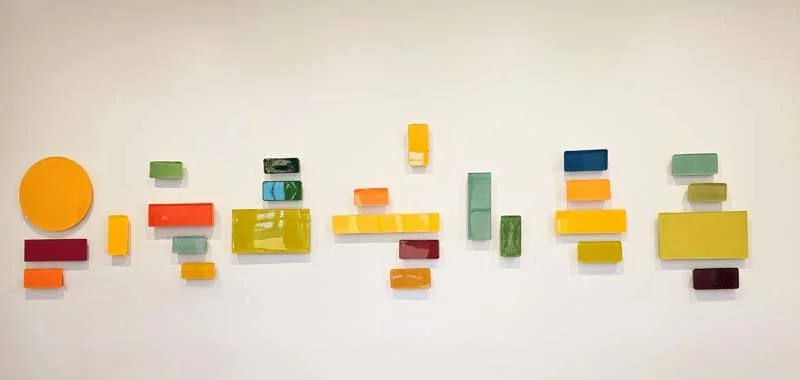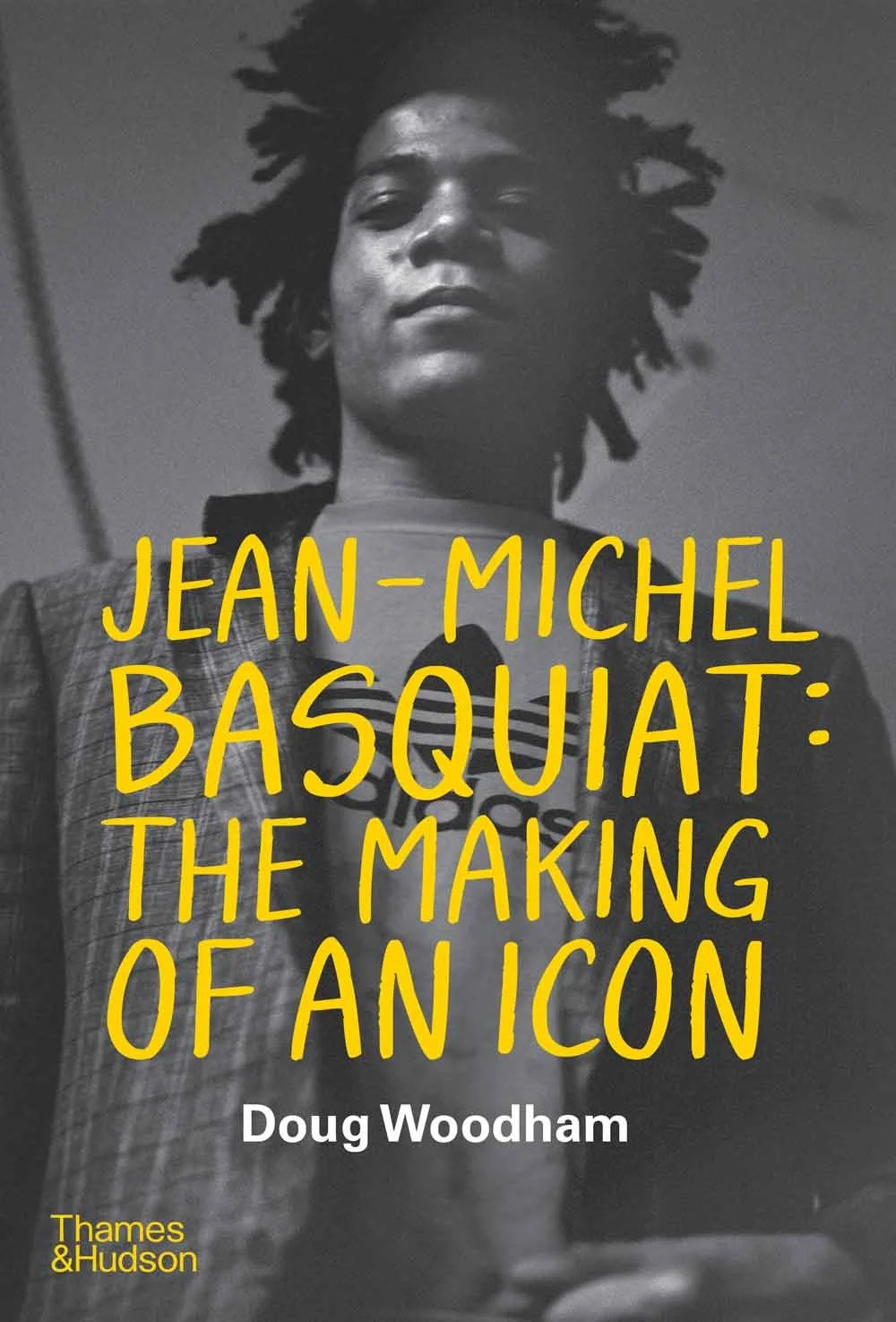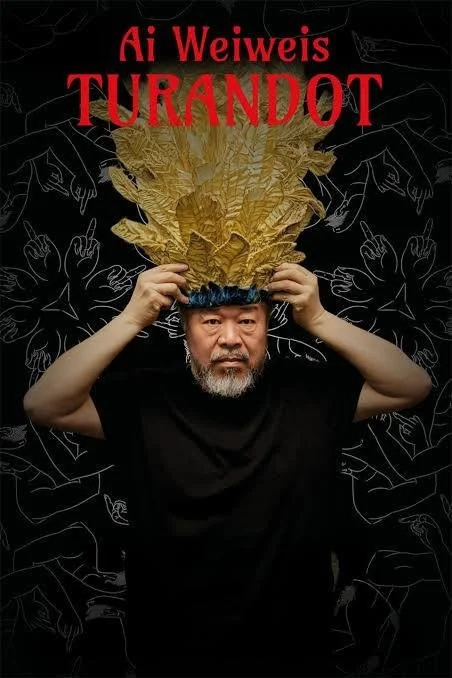Batu Gökçe graduated from the Drawing & Painting Department of the Faculty of Fine Arts at Çanakkale Onsekiz Mart University in 2022. He is currently pursuing his master's degree in the Painting Department at the Graduate Education Institute of the same university (2022–present). His solo exhibition "Flu" was held at Mira Koldas Art Gallery in Ankara in 2024. @batugokcce
How did the cultural landscape of Turkey shape your creative vision?I was born and raised in Ankara, Turkey. I wish I could say that growing up in Turkey—especially as an LGBTQ+ person—had been a positive experience. However, for me, this process was blurry, hidden, woven with fear, surrounded by boundaries, and often felt like an experience where I couldn't truly belong.
Growing up in a homophobic household created a need to establish a safe space where I could express my emotions. At this point, art became a refuge for me. When I'm painting or creating something, I enjoy turning inward—both to my own experiences and to invisible lives similar to mine. This introspection stands at the most honest place in my production.
How did you come to recognize art as your chosen path? From a young age, I was drawn to different forms of art. Even though I didn’t have a clear direction back then, my interests gradually started to narrow over time. After high school, I decided to pursue an education in fine arts.
During my university years, as I faced emotional and mental challenges, I realized that art gave me a space where I could express myself. Questions like “How can I cope with all of this?” and “What am I going through right now?” started to grow louder inside me—and as they did, art found its own path and pulled me in.
Looking back now, it feels as though I didn't choose art; rather, it found me. Even if I wanted to let go, I know it wouldn't let go of me.
What rituals or routines do you follow in your studio? I usually begin by standing in front of a blank canvas, playing with paints and colors. I enjoy moving with my body as I paint, so I first release my energy, then gradually establish a more controlled relationship with the surface. An abstract painting or an unfinished piece often serves as the starting point.
Sometimes, when I don't have enough canvas fabric, I sew together pieces of fabric I have on hand to create large surfaces. Initially, this seemed like a necessity, but over time, it became a natural part of my production practice.
I generally use acrylic paint, but it's also possible to see various materials in my works, such as paper, nails, staples, thread, and dried paint residues. These materials sometimes complete a deficiency, and sometimes add a new layer to the work by carrying traces of the production process.
What projects are you at work on at the moment? And what themes or ideas are currently driving your work? Lately, my work has been shaped by experiences in public spaces—particularly public restrooms. This process began with a visit to the men's restroom at Esenler Bus Terminal in Istanbul, just before I left the city. The unsettling atmosphere of the place, combined with the pressure and sense of insecurity it evoked in me, led me to question my personal connection to such spaces.
In Turkey, LGBTQ+ individuals face exclusion and pressure in many areas of life, including public spaces. Such places can become the most tangible forms of insecurity, especially when one feels alone or vulnerable.
In the bus terminal restroom, I noticed phone numbers written by trans sex workers on the tiles of some stalls. In that narrow space, I encountered suppressed yet un-erased traces. This state of visibility within invisibility deeply affected me and led me to examine more closely the relationship between space, identity, and visibility in my work.
Reflecting on my childhood, I realize that the only place in the house where I felt a sense of belonging was the bathroom.With my identity feeling suppressed both outside and within the home, I remember being able to breathe freely for the first time inside a closed bathroom. This contradictory yet familiar state—being able to exist by hiding—is the main reason why spaces like restrooms and bathrooms have become central to my work. Through these spaces, I continue to explore themes such as identity, belonging, fear, and visibility.
What do you hope people feel when they experience your art? What are you trying to express? In my work, I want the viewer to feel both unsettled and somehow safe. On one hand, I hope they are pushed to reflect on what they’re witnessing—perhaps even to feel a sense of discomfort or guilt. But at the same time, I want them to consider what they can do with that awareness, as members of the same society. I'm inviting them to question their own place while also making space for others. I invite them to question their own positions and to make space for others. In my works, which revolve around themes like identity, lack of belonging, boundaries, and reflections, I am essentially searching for an answer to the question, "What am I experiencing right now?" For me, art is precisely the expression of this search, this inner voice.
Do you draw inspiration from music, art, or other disciplines? My source of inspiration is mostly my inner world. What I observe, feel, suppress, or cannot express externally motivates me. Sometimes it’s an emotion, sometimes a memory, or a conflict I encounter in everyday life—a question that lingers. Whatever it is, it usually starts with something stirring inside me. Of course, music, other artists, and encounters with different disciplines also nourish this process from time to time. But at its core, my work stems from an internal search.
A great thing about living in my city is…
Since I live a bit far from the city center, I don’t engage with the local community on a daily basis in a traditional sense. However, I dedicate time on certain days of the week to connect—whether it's by participating in exhibitions, engaging with artist collectives, or sharing my work on digital platforms. These spaces give me the opportunity to share my work, listen to others, and remain part of a broader conversation
Tell us about important teachers or mentors in your life.
Especially during university, my teacher Gülderen Görenek, with whom I worked for many years, not only provided me with technical and artistic education but also was very supportive in building my identity as an artist. Thanks to her guidance, I learned to express my art more boldly. Additionally, my path crossed with art historian, writer, and curator Kıymet Giray through a project called "Fresh Ankara," which she curated to provide space for young artists. She is a very valuable figure who supports and opens paths for young artists.
Sustainability in the art world is an important issue. Can you share a memory or reflection about the beauty and wonder of the natural world? Does being in nature inspire your art or your process? Being in nature gives me tranquility, but this calmness also creates a kind of impatience within me for new productions. I enjoy observing the variety of colors that nature offers. I'm particularly interested in the more "predatory" or dominant colors I encounter in nature. Incorporating these colors into my palette allows me to bring the energy of nature into my works.
AI is changing everything - the way we see the world, creativity, art, our ideas of beauty and the way we communicate with each other and our imaginations. What concerns or hopes do you have about AI in the art world? What is the importance of human art and handmade creative works over industrialized creative practices? I sometimes use artificial intelligence as a supportive tool in my creative process. It offers practical solutions, especially when it comes to capturing and archiving 3D models of existing spaces. However, I still find that the hands-on, intuitive parts of my practice nourish me more. For now, I prefer approaches where I can physically be present and release my energy—it feels better for me that way.
Exploring ideas, art and the creative process connects me to…
a space that touches my inner world—where I confront myself, delve into my emotions, and establish a connection with the world around me.




















































































